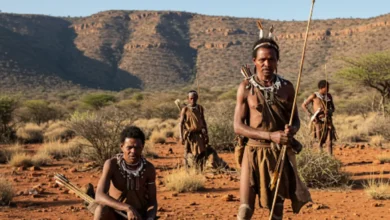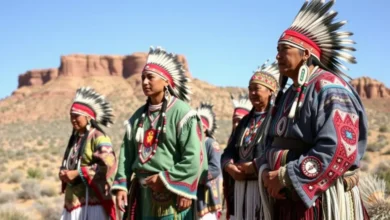The Sioux, a powerful and influential Native American group, have a history deeply interwoven with the landscapes and events of North America. Their story is one of resilience, adaptation, and a profound connection to their culture and land. This article will explore the history, culture, and contemporary issues facing the Sioux Tribe, providing a comprehensive overview of this significant people.
Who are the Sioux? Understanding the Divisions
The term “Sioux” encompasses several distinct groups, each with its own dialect, history, and traditions. It’s crucial to understand these divisions to truly appreciate the diversity within the Sioux Nation. The Sioux are traditionally divided into three main groups:
- Dakota: Meaning “friend” or “ally,” the Dakota are often referred to as the Eastern Sioux. They primarily reside in Minnesota and surrounding areas.
- Nakota: Occupying a central position, the Nakota are found in areas like South Dakota and North Dakota.
- Lakota: Known as the Western Sioux, the Lakota are perhaps the most widely recognized group, largely due to their involvement in historical events like the Battle of Little Bighorn. They are found primarily in South Dakota.

These divisions are primarily based on dialect and geographical location. While they share a common ancestry and many cultural practices, each group maintains its own distinct identity and historical experiences. Understanding these distinctions is essential for avoiding generalizations and appreciating the complexity of the Sioux people.
A Glimpse into Sioux History: From Origins to Conflict
The history of the Sioux is a saga of migration, adaptation, and ultimately, resistance. Tracing their origins and understanding their interactions with European settlers is crucial to understanding their present-day realities.
See also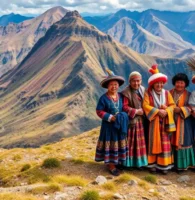 The Quechua People: A Journey Through History, Culture, and Language
The Quechua People: A Journey Through History, Culture, and Language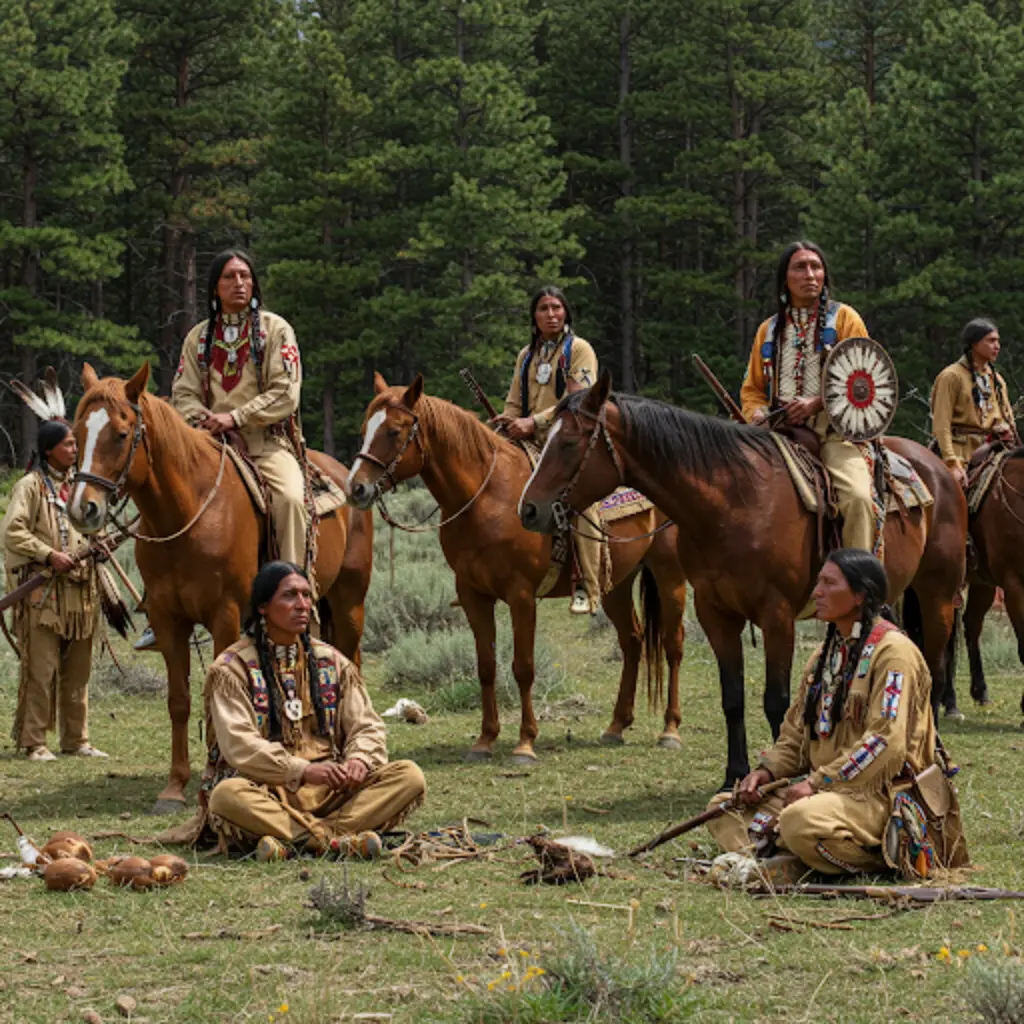
Early History and Migration
Originally residing in the Great Lakes region, the Sioux gradually migrated westward, driven by factors such as resource scarcity and pressure from other tribes. They eventually settled on the Great Plains, where they adopted a nomadic lifestyle centered around hunting buffalo. This migration and adaptation shaped their culture and way of life.
The Buffalo and the Plains Lifestyle
The buffalo became central to Sioux life. It provided food, clothing, shelter (tipis were made from buffalo hides), and tools. Every part of the animal was utilized, reflecting a deep respect for nature and a sustainable way of living. The buffalo hunt was a communal activity, requiring skill, cooperation, and a deep understanding of the animal’s behavior.
The Impact of European Colonization
The arrival of European settlers dramatically altered the Sioux‘s way of life. The introduction of horses, firearms, and new diseases had a profound impact. The fur trade initially fostered some cooperation, but the increasing influx of settlers, coupled with the U.S. government’s expansionist policies, inevitably led to conflict.
Treaties and Broken Promises
The U.S. government signed numerous treaties with the Sioux, often promising land and resources in exchange for peace and cooperation. However, these treaties were frequently violated, as settlers encroached on Sioux territory and the government failed to uphold its commitments. This breach of trust fueled resentment and ultimately led to armed conflict.
See also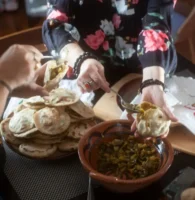 Food as Memory: How Traditional Recipes Preserve Cultural Identity
Food as Memory: How Traditional Recipes Preserve Cultural IdentityThe Dakota War of 1862
The Dakota War of 1862, also known as the Sioux Uprising, was a major conflict in Minnesota. Triggered by starvation, broken treaties, and government corruption, the Dakota people, led by leaders like Little Crow, fought back against settlers and the U.S. Army. The war resulted in significant loss of life on both sides and ultimately led to the forced removal of many Dakota people from Minnesota.
The Great Sioux War of 1876-77: Little Bighorn and Beyond
The Great Sioux War, also known as the Black Hills War, was another significant conflict. The discovery of gold in the Black Hills, a region sacred to the Lakota, led to a massive influx of miners and settlers. The U.S. government attempted to purchase the Black Hills, but the Lakota refused to sell. This led to the Battle of Little Bighorn in 1876, where Lakota and Cheyenne warriors, led by Sitting Bull and Crazy Horse, decisively defeated General George Armstrong Custer and his troops.
However, the victory at Little Bighorn was short-lived. The U.S. government responded with increased military force, eventually forcing the Sioux onto reservations. The Black Hills remained in U.S. control, despite ongoing legal challenges by the Sioux.
The Wounded Knee Massacre
The Wounded Knee Massacre in 1890 marked a tragic end to the era of armed resistance. U.S. soldiers massacred hundreds of unarmed Lakota men, women, and children at Wounded Knee Creek in South Dakota. This event symbolized the devastating impact of U.S. policies on the Sioux people and remains a painful reminder of the injustices they suffered.
Sioux Culture: Traditions, Beliefs, and Values
Despite facing immense challenges, the Sioux have preserved many aspects of their rich culture. Understanding their traditions, beliefs, and values provides insight into their worldview and their enduring strength.
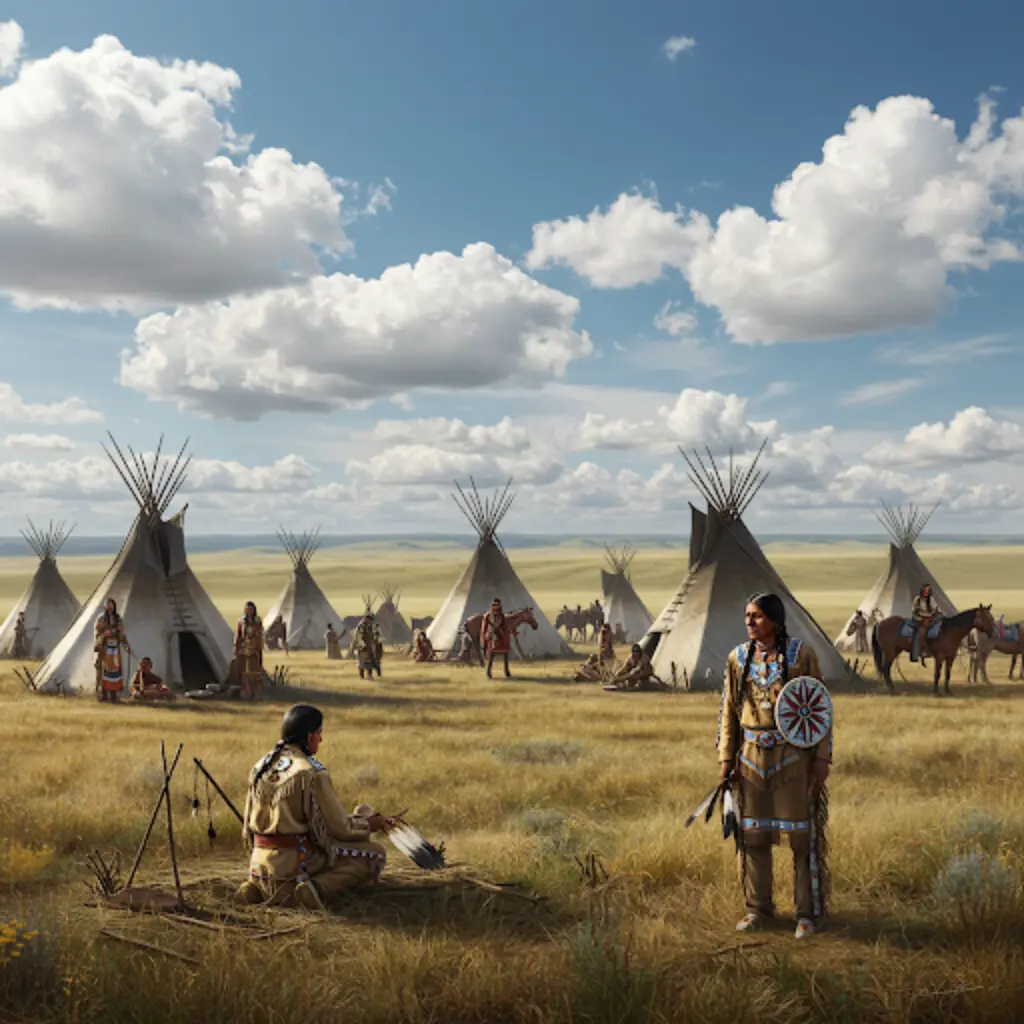
Spirituality and Connection to Nature
Sioux spirituality is deeply rooted in a connection to nature. They believe in a Great Spirit, Wakan Tanka, that permeates all things. Ceremonies and rituals are performed to honor the spirits of nature and maintain harmony with the natural world. The sacredness of the Black Hills is a testament to this deep spiritual connection.
The Importance of Family and Community
Family and community are central to Sioux society. Kinship ties are strong, and individuals are expected to support and care for their relatives. The concept of extended family is important, with aunts, uncles, and cousins playing significant roles in raising children and providing support.
Traditional Arts and Crafts
The Sioux have a rich tradition of arts and crafts. Beadwork, quillwork, and leatherwork are used to create beautiful and intricate designs on clothing, bags, and other items. These crafts are not only aesthetically pleasing but also serve as a means of preserving cultural knowledge and history. Storytelling through these art forms is common, passing down traditions through generations.
Oral Tradition and Storytelling
Oral tradition is a vital part of Sioux culture. Stories, legends, and historical accounts are passed down through generations by word of mouth. These stories serve to educate, entertain, and reinforce cultural values. They also provide a sense of identity and continuity for the Sioux people.
Language Preservation
The Sioux languages (Dakota, Nakota, and Lakota) are an integral part of their cultural identity. However, like many Native American languages, they are facing the threat of extinction. Efforts are underway to revitalize these languages through language immersion programs, educational materials, and community initiatives.
Contemporary Issues Facing the Sioux
The Sioux continue to face significant challenges in the 21st century. Understanding these issues is crucial for promoting justice, equality, and self-determination for the Sioux people.
Poverty and Economic Disparity
Many Sioux reservations suffer from high rates of poverty, unemployment, and inadequate housing. These economic disparities are often rooted in historical injustices, lack of access to resources, and limited opportunities for economic development. Addressing these issues requires investment in education, job training, and infrastructure.
Health Disparities
The Sioux also experience significant health disparities, including higher rates of diabetes, heart disease, and substance abuse. These disparities are often linked to poverty, lack of access to healthcare, and historical trauma. Improving healthcare access, promoting healthy lifestyles, and addressing the root causes of these disparities are essential.
Land Rights and Treaty Obligations
The issue of land rights remains a central concern for the Sioux. They continue to fight for the return of land that was taken from them in violation of treaties. The Black Hills, in particular, remain a symbol of injustice and a source of ongoing legal and political battles. Upholding treaty obligations and addressing historical grievances is crucial for reconciliation.
Cultural Preservation and Language Revitalization
Preserving Sioux culture and revitalizing their languages are essential for maintaining their identity and passing on their traditions to future generations. Supporting language immersion programs, cultural education initiatives, and traditional arts programs is vital for ensuring the survival of Sioux culture.
Sovereignty and Self-Determination
The Sioux, like other Native American tribes, have the right to self-determination. This means they have the right to govern themselves and make decisions about their own affairs. Respecting tribal sovereignty and supporting tribal self-governance is essential for promoting the well-being and prosperity of the Sioux people.
The Dakota Access Pipeline (DAPL) Controversy
The Dakota Access Pipeline (DAPL) controversy brought renewed attention to the struggles faced by the Sioux. The Standing Rock Sioux Tribe led protests against the pipeline, arguing that it threatened their water supply and sacred sites. The protests highlighted the importance of consulting with tribes on projects that affect their lands and resources.
The Sioux Today: Resilience and Hope for the Future
Despite the challenges they face, the Sioux people are resilient and determined to build a better future for themselves and their descendants. They are working to strengthen their communities, preserve their culture, and advocate for their rights. Their story is a testament to the enduring power of the human spirit and the importance of respecting and honoring the history and culture of all people.
The Sioux, with their rich history and vibrant culture, stand as a testament to resilience and adaptation. Their story is a reminder of the importance of honoring treaties, respecting indigenous rights, and working towards a future of justice and equality. By understanding their past and supporting their present, we can contribute to a brighter future for the Sioux Tribe and all Native American peoples.


